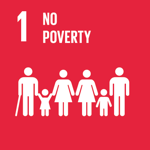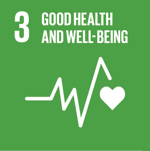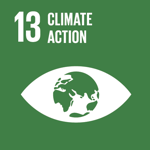Regional platform for the sustainable intensification of livestock
Twenty-five countries in Latin America and the Caribbean join forces to promote the increase of livestock productivity and the reduction of greenhouse gases, contributing to the adaptation and mitigation of climate change.
Context of the story
Demand for animal protein is increased by population growth, better income and urbanization. Latin America and the Caribbean is a net food exporter and contributes with 30% of the global demand for meat. Livestock expansion has contributed to deforestation and currently with 18% of the emission of greenhouse gases. On the other hand, livestock is key to the food security and economic well-being of most family farmers. By 2050, it is estimated that the demand for livestock products will continue to grow, so it is urgent to intensify livestock production in a sustainable way, improving productivity and reducing the intensity of GHG emissions.
Joining effots
The implemented initiative
To promote cooperation in sustainable intensification of livestock, 25 countries with the support of FONTAGRO, New Zealand, the IDB and the GEF established a regional platform, which is coordinated by CATIE and has been operating since 2017. Its specific objectives are : a) Develop and facilitate a regional research and development agenda, b) Facilitate the exchange of knowledge, c) Strengthen the capacities of the main actors, d) Contribute to the formulation of enabling policies for the sustainable intensification of livestock and e) Join efforts to mobilize resources to address these issues.
Analyzing and agreeing
The technological solution
A meeting with 64 members of the national innovation systems of 25 countries was organized to review progress in the sustainable intensification of livestock, agree and prioritize actions.
A review of the state of the art on technologies and good practices for the sustainable intensification of livestock and a study of institutional strengths and weaknesses for research and development on the subject was also carried out. A regional research and development agenda, a knowledge management and communications strategy, and a training program were prepared. A review of policies related to livestock intensification was carried out, a summary of enabling policies was prepared and proposals were made for the search for funding.
The different activities were prepared in a participatory manner, using surveys and other forms of consultation and discussion by electronic means. The trainings were conducted through Webinars and virtual media and involved experts in the various topics discussed. A web microsite was established on the websites of FONTAGRO and CATIE.
The training has allowed me to learn new approaches, methodologies and technologies for the sustainable intensification of livestock
Participating countries
Results
• Over 600 members from 25 countries were involved.
• 367 publications were reviewed identifying technologies to increase productivity and reduce greenhouse gas emissions in pasture management, silvopastoral options, animal genotypes, feeding, management and health. Ten innovations with high potential for adaptation to climate change were identified, 9 applicable to family farming. Priority areas for research and training were also identified: methodologies for measuring emissions, more digestible foods, excreta management and economic impact.
• Four Webinars and five virtual courses were conducted benefiting 483 professionals (178 women and 305 men) from 18 countries.
• Livestock policies of 19 LAC countries were analyzed and a summary of policies that increase productivity and reduce emissions was prepared.

 Back to the project
Back to the project Argentina
Argentina Bolivia
Bolivia Brazil
Brazil Chile
Chile Colombia
Colombia Costa Rica
Costa Rica Dominican Republic
Dominican Republic Ecuador
Ecuador Honduras
Honduras Mexico
Mexico Nicaragua
Nicaragua Panama
Panama Paraguay
Paraguay Peru
Peru Spain
Spain Uruguay
Uruguay Venezuela
Venezuela








